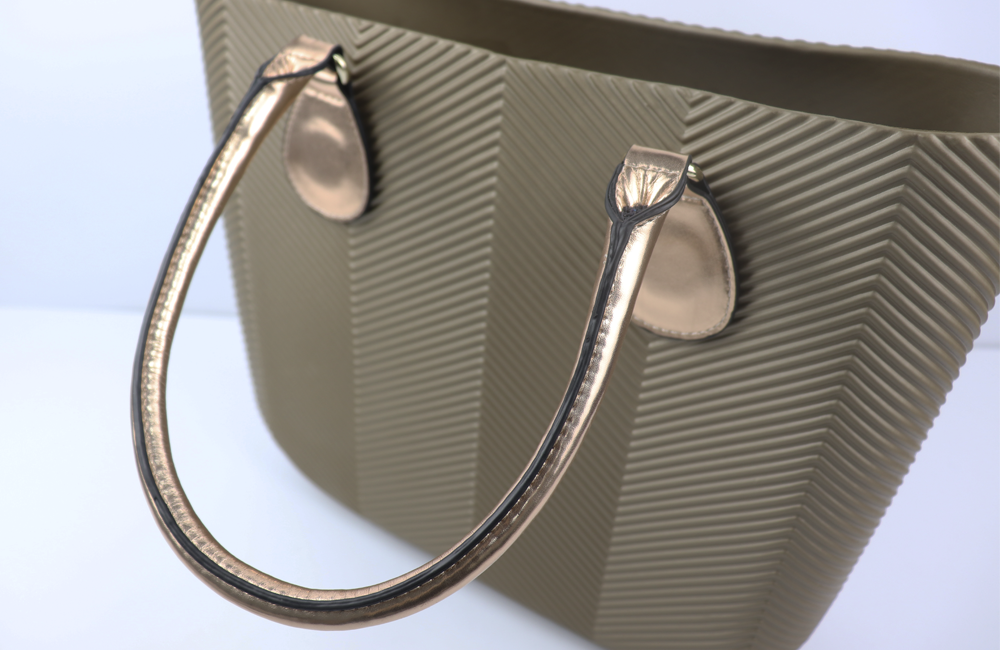Since most plastics have good transparency, when the plastic film or the transparent plastic product is reverse-printed, it has a good gloss, but when the positive printing, ie, the surface printing, is due to the solid contained in the ink More ingredients, often lack of gloss. The glossiness of a plastic packaging product is not only related to the glossiness and flatness of the printed surface, but also related to the composition of the printing ink and the thickness of the printed product. The higher the surface finish of the printed substrate, the better the gloss; the better the flatness, the better the gloss, and the higher the insoluble solid content in the printing ink, the worse the gloss, the higher the extinction, the thickness of the printing layer The greater the gloss, the worse.
There are the following methods for printing gloss:
(a) Applying a polish on the printing surface
This is a more convenient method, that is, on a six-color gravure printing press, after the last color printing, a gloss coating roller coated glossing agent is added. The formula of the polish is as follows:
Polishing Formula One: Peroxide Ethylene Polishing Peroxide Ethylene Resin 20%
Dehydrated benzoic acid resin or rosin fat 5%
Toluene: Ethyl Acetate: Cyclohexanone=1:1:1 75%
Polishing formula two: two-component polyurethane polish
The use of dry composite two-component polyurethane adhesive as a polishing agent, due to the good adhesion of the polishing agent, excellent glossiness after drying and film formation, and resistance to acid and alkali organic solvents, can be widely used.
Polishing Agent Formula 3: Acrylate UV Curing Luster
Acrylic UV curing agent has been reduced from the original 70000 yuan / t, to 35000 yuan / t, curing speed is a 100% solvent-free environment-friendly polishing agent, its composition is The acrylate monomer solution of the acrylate primary polymer contains ingredients such as a photosensitizer, a polymerization inhibitor, and a catalyst. When used, it is deployed on the spot, coated with a concave roller, coated on a printing press, and irradiated with a UV lamp for instant curing. Like a polyurethane polishing agent, the cured film of the polishing agent is resistant to acids and alkalis and has good resistance to organic solvents. .
Polishing Agent Formula 4: Silicone Polishing Agent 107 Silicone Rubber: 10
Orthosilicate: 3
Dodecyl n-octyl tin: 0.5 to 1.5
Silane crosslinking agent: 0.5~1.5
The above ratio is prepared by using toluene or anhydrous ethanol as a solvent, preparing a 5% to 10% solution for coating on a concave eye coating roller or a reverse roller coating, and then heating and drying to solidify.
(b) Dry composite coating method
The two-component polyurethane composite film is coated on the treated surface of BOPP, and the printed substrate surface is attached to the printed surface on a dry composite roll after heating the drying path at 60-90° C. About 2 °C in the ripening room of about °C, this can have a good composite fastness and gloss, the ink used should be composite ink, but only surface printing. Due to the good adhesion of the composite ink with the two-component polyurethane adhesive, the performance is reliable.
(III) Extrusion coating glazing method
Extrusion coating is performed on the printing surface using a resin having a low melting point and excellent transparency to obtain good gloss such as EVA or LDPE. A low melting temperature does not cause discoloration, discoloration, or the like of the ink due to high temperature.
According to the author's knowledge, the above-mentioned three methods have been implemented in some soft plastic packaging factories. For example, a soft packaging manufacturer in Hangzhou has printed BOPP film on the surface of milk film to improve the gloss. â–¡
Reprinted from: Data Encyclopedia
O Bag Handles got various kinds to custom, you can choose your own design pattern printed on it or you can just leave it as the solid color. The most popular kinds of Bag Handles are Rope Handles and PU leather handles. The Obag Bags can change the handles and Inner Bags .
Dongguan Kangta plastic Hardware products Co., Ltd is founded in 2008, specialized in design and manufacture O Bag and other EVA Foam custom products.

Rope Handles, beach bag rope handles,bag handles replacement
Dongguan KangTa Plastic Hardware Products Co., Ltd. , http://www.evayes.com
